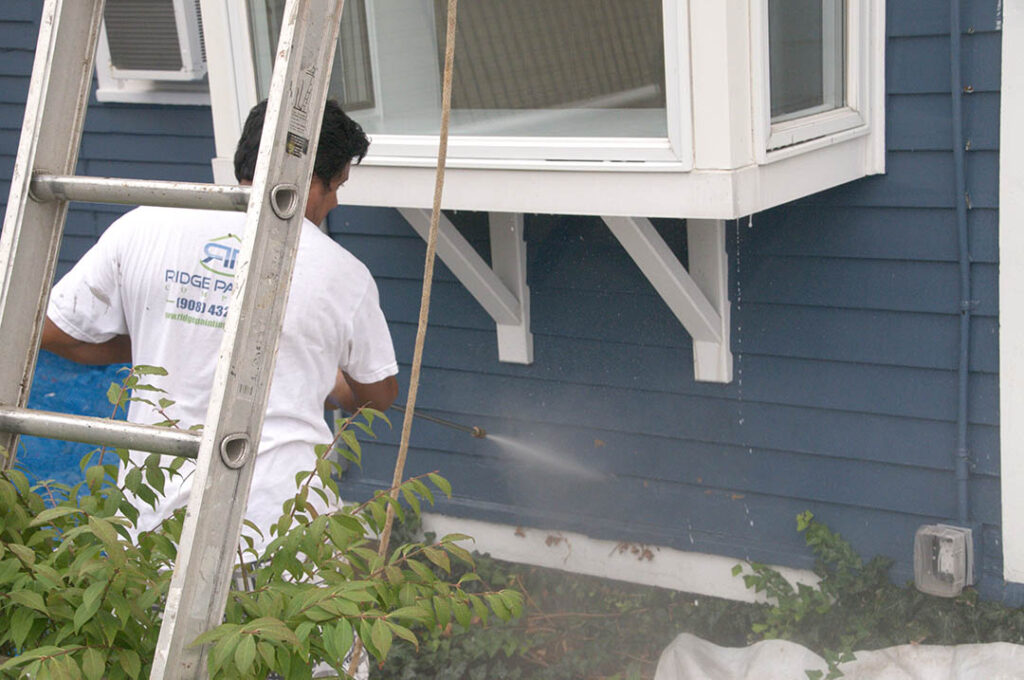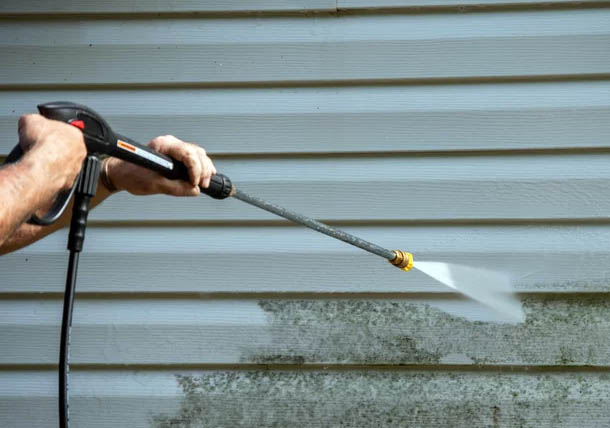Power Washing Vs. Pressure Washing: Whats the Difference?
In the realm of outdoor cleaning, the terms “power washing” and “pressure washing” are often used interchangeably. However, despite their apparent similarity, there are critical differences between these two methods. Both techniques employ high-pressure water spray to clean surfaces, but the key distinction lies in the use of heated water. This article delves into the nuances of power washing and pressure washing, helping you understand which method suits your cleaning needs.
What is Power Washing?
Power washing, as the name suggests, involves the use of high-pressure water combined with heat. The significant advantage of power washing is its ability to clean more thoroughly than pressure washing, making it ideal for tough stains and hard-to-remove substances like salt, mildew, and mold. The combination of hot water and high pressure makes power washing exceptionally effective for cleaning surfaces such as driveways, decks, patios, and other areas exposed to stubborn stains or contaminants.
In power washing, the process of heating the water is a critical component in the effectiveness of removing tough stains and grime. At the heart of a power washer is a heating element or a burner, which is typically powered by electricity, propane, gas, or diesel. As water passes through the power washer, it enters a heating coil or boiler, where it’s rapidly heated to a predetermined temperature, often reaching as high as 200 degrees Fahrenheit (about 93 degrees Celsius). This hot water is then propelled through the hose and nozzle at high pressures. The combination of heat and pressure is what makes power washing uniquely effective. The heat significantly enhances the water’s ability to break down and dissolve substances like oil, grease, and biological materials (e.g., mold and mildew), which cold water pressure washing might struggle with. This thermal advantage allows power washing to not only clean surfaces more deeply and efficiently but also to sanitize them, killing off bacteria and fungi more effectively. The science behind heating water in power washing thus transforms an ordinary stream of water into a powerful cleaning agent, capable of tackling the most stubborn stains and restoring surfaces to their original condition.

Key Benefits of Power Washing:
- Effective Stain Removal: The heated water helps break down stains more efficiently.
- Mold and Mildew Elimination: Hot water is more effective in killing mold and mildew spores, preventing their quick return.
- Versatility: Suitable for various surfaces, including concrete, brick, and stone.
What is Pressure Washing?
Pressure washing relies solely on the force of high-pressure water to achieve cleaning. It does not use heated water, making it less effective against tough stains or for killing mold and mildew. However, pressure washing is still highly efficient for removing dirt, leaves, and grime from sidewalks, patios, decks, and siding. It’s an excellent choice for regular maintenance cleaning and for surfaces that might be damaged by the high temperatures used in power washing. Pressure washing is often completed at the beginning exterior painting projects to thoroughly clean all surfaces before applying paint.
Key Benefits of Pressure Washing:
- Surface-Friendly: Safer for use on wood and other materials that might warp or discolor under heat.
- Eco-Friendly: Uses less energy since it does not require heating water.
- Cost-Effective: Generally less expensive than power washing due to the lower energy requirements.
Choosing Between Power Washing and Pressure Washing
When deciding between power washing and pressure washing, consider the surface you need to clean and the type of dirt or stains present. Power washing is the better option for removing tough stains, grease, and grime, especially on hard surfaces that can withstand high temperatures. It’s also more suitable for areas with significant mold or mildew infestations.
On the other hand, pressure washing is ideal for more delicate surfaces or for regular maintenance cleaning. It’s an excellent choice for wood decks, siding, and vehicles that might be damaged by the heat of power washing.
Safety Considerations
Both power washing and pressure washing require careful handling due to the high pressure of the water spray, which can cause injury or damage to surfaces if not used correctly. It’s essential to wear protective gear and to familiarize yourself with the equipment before starting your cleaning project. For large or complex jobs, consider hiring a professional service to ensure safety and the best results.
Conclusion
Understanding the differences between power washing and pressure washing is crucial for selecting the right cleaning method for your needs. While both methods are effective for various cleaning tasks, the choice between them depends on the surface material, the level of dirt or stains, and whether mold or mildew is present. By selecting the appropriate method, you can ensure your cleaning project is efficient, safe, and yields the desired results. Whether you opt for the deep-cleaning power of hot water or the gentle efficiency of cold-water pressure washing, both techniques offer robust solutions to keeping your outdoor spaces clean and inviting.

